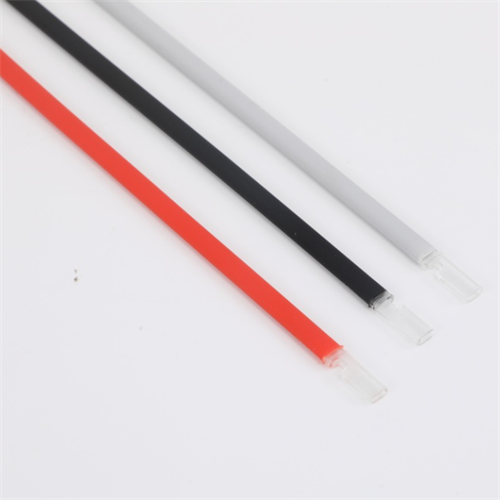
Silicone overmolding is a popular manufacturing process that involves encapsulating or covering an existing part or component with a layer of silicone. This technique is widely used in various industries, including automotive, electronics, and medical devices. To achieve successful overmolding, it is crucial to understand the temperature requirements for the process. In this article, we will explore the temperature range for silicone overmolding and its significance in ensuring quality and durability.
Temperature control plays a vital role in silicone overmolding as it directly affects the outcome of the process. The correct temperature ensures proper curing, adhesion, and bonding of the silicone material to the substrate. Additionally, temperature control helps to prevent defects such as air pockets, incomplete curing, and excessive shrinkage. To achieve consistent and reliable results, it is essential to understand the various temperature factors involved.
The temperature range for silicone overmolding typically varies depending on the specific silicone material and the substrate being molded. Generally, the curing temperature for silicone ranges from 150°C to 250°C (302°F to 482°F). This range allows the silicone to flow and bond effectively while ensuring the absence of any residual moisture that may affect the final product's integrity. However, it is essential to consult the technical datasheet provided by the silicone manufacturer for precise temperature recommendations.
Preheating and preconditioning are essential preparation steps in silicone overmolding. Preheating involves heating the substrate to a specific temperature range just before applying the silicone. This helps to ensure optimal bonding and adhesion. Preconditioning, on the other hand, involves maintaining the silicone material at a specific temperature for a certain period to ensure its readiness for overmolding. These steps contribute to enhancing the overall performance and durability of the overmolded part.
Cooling and post-curing are critical stages that follow the overmolding process. After the silicone has bonded with the substrate, the part needs to be carefully cooled to stabilize the material and prevent deformation. The cooling process should be gradual to prevent stress or heat-related damage. Additionally, post-curing involves subjecting the overmolded part to a higher temperature for a specific duration to ensure complete curing and achieve optimal mechanical properties.
Several factors can influence the temperature requirements for silicone overmolding. These include the type and grade of silicone, the substrate material, part complexity, desired material properties, and production volume. It is essential to consider these factors and consult with experts to determine the appropriate temperature parameters for each specific application.
Temperature control is crucial in silicone overmolding to achieve successful bonding, adhesion, and curing. Understanding the temperature range and its significance in each stage of the overmolding process is vital for producing high-quality overmolded parts. By following the recommended temperature guidelines and consulting with experts, manufacturers can ensure the durability, functionality, and reliability of their overmolded products.
Copyright © Dongguan Longxiang Rubber Plastic Hardware Products Co.,Ltd All Rights Reserved. sitemap.xml | sitemap.html | Terms & Conditions | Privacy